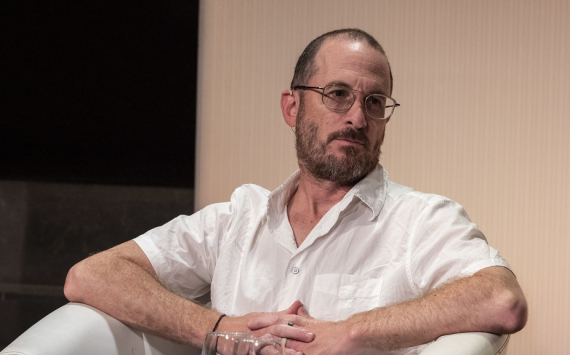
Acting Isn’t Real
Darren Aronofsky doesn’t mince words, especially when it comes to acting techniques that don’t sit right with him. During a candid masterclass in Paris, the Black Swan and Requiem for a Dream director made his stance on Method acting crystal clear: he’s not a fan.
“I hate Method actors,” Aronofsky said bluntly, calling the practice “just something to hide behind, as opposed to doing the work and being professional.”
To him, the job of an actor is rooted in preparation and presence — not in staying in character around the clock. He admitted there's value in research and emotional focus during intense scenes, but drew the line at performers who blur the boundary between real life and the scripted world. Acting, he argued, is ultimately make-believe.
“If you're going to do an intense scene, [there's nothing wrong with] keeping yourself isolated, focused and ready in between takes to maintain that emotion,” he added. “But you don’t have to live in the role. It’s only a fake reality between action and cut.”
Aronofsky’s upcoming film Caught Stealing stars Austin Butler, an actor known for deep immersion into his roles. Though Aronofsky didn’t name names, he acknowledged that some performers take the Method route. That’s fine by him — so long as it doesn’t disrupt the flow of production. “It’s fine if that’s how they want to spend their time,” he noted with a dry smile. “But I just encourage them to relax a bit.”
The director also touched on his approach to storytelling, sharing how Caught Stealing, like many of his films, is built around a strong central presence. Butler, he said, became the film’s “anchor,” around whom the entire world was constructed. Though it’s a crime caper on the surface, Aronofsky described it as “a beautiful exercise” in genre filmmaking, echoing the stylized intensity of Black Swan.
He also linked the emotional weight of his work to the cultural climate. When he made Requiem for a Dream in 2000, he noted, the biggest celebrity was Paris Hilton. Now, in an era shaped by figures like Donald Trump, his challenge is staying hopeful.
“With all the challenges we’re facing, I try to think about all the things that can connect us,” he said, “and what I’m trying to do with my work now.”






